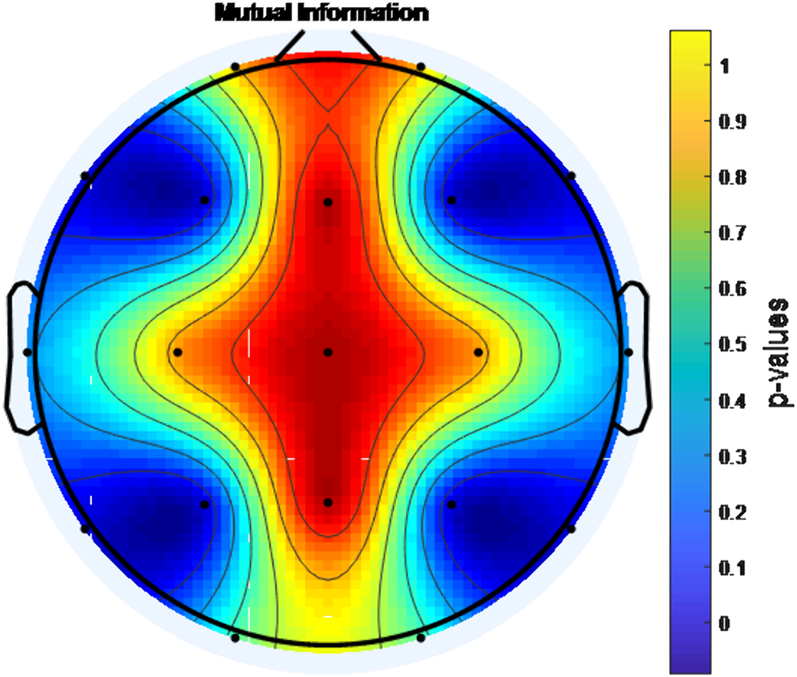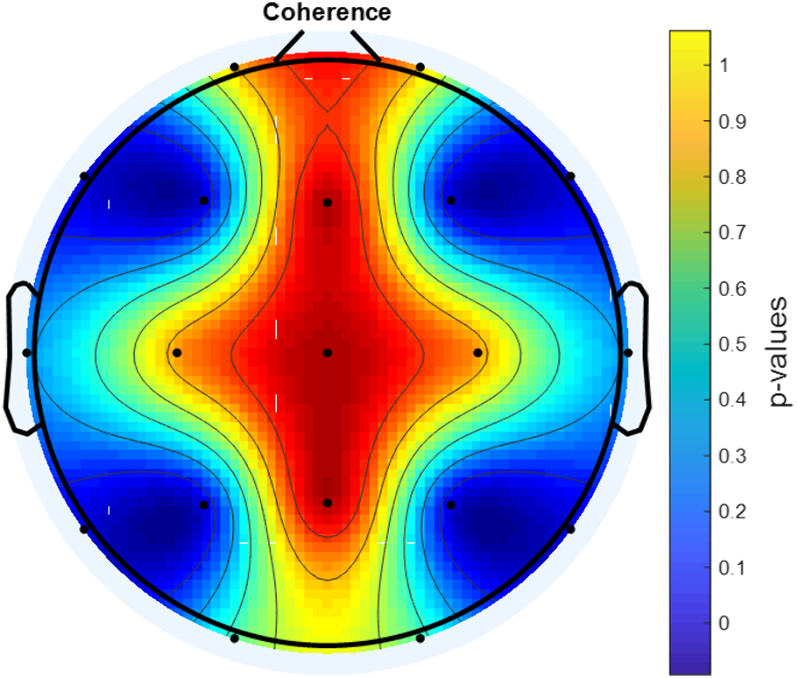No CrossRef data available.
Article contents
Increase in brain connectivity with methylphenidate treatment in boys diagnosed with attention deficit hyperactivity disorder: A coherence-based qeeg analysis
Published online by Cambridge University Press: 13 August 2021
Abstract
Attention deficit hyperactivity (ADHD) disorder is a common childhood neurodevelopmental disorder, and Methylphenidate (MPH) is a first-line therapeutic option for treating ADHD.However, how brain connectivity changes with methylphenidate treatment have yet to be studied.
This study investigates how the MPH treatment affects the connectivity in the brain of children with ADHD by coherence-based qEEG analysis during rest.
During eyes-open resting, EEG signals were recorded from 25 boys with ADHD-combined type before MPH administration and at the end of the 1st month of the treatment. Mutual Information (MI),Coherence Function (COH) and Phase Locking Value (PLV) were used to analyse the changes in brain connectivity.
A statistically significant increase in connectivity level was found with MPH treatment between the F3-F4 channels, P3-P4 channels, F7-F8 channels and T5-T6 channels according to PLV, COH and MI analysis (p<0.001).


This is the first study to investigate how MPH treatment affects the connectivity of the brain of children with ADHD. Coherence-based qEEG analysis may be a new method that can be used in diagnostic, clinical and prognostic predictions in ADHD.
No significant relationships.
Keywords
- Type
- Abstract
- Information
- European Psychiatry , Volume 64 , Special Issue S1: Abstracts of the 29th European Congress of Psychiatry , April 2021 , pp. S634 - S635
- Creative Commons
- This is an Open Access article, distributed under the terms of the Creative Commons Attribution licence (http://creativecommons.org/licenses/by/4.0/), which permits unrestricted re-use, distribution, and reproduction in any medium, provided the original work is properly cited.
- Copyright
- © The Author(s), 2021. Published by Cambridge University Press on behalf of the European Psychiatric Association



Comments
No Comments have been published for this article.